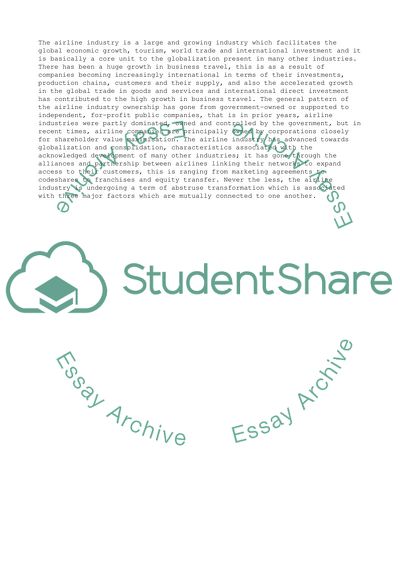Cite this document
(The Presence of the Airline Industry Infrastructure and the Status of Research Paper, n.d.)
The Presence of the Airline Industry Infrastructure and the Status of Research Paper. Retrieved from https://studentshare.org/business/1737633-analysis-report-on-the-global-airline-industry
The Presence of the Airline Industry Infrastructure and the Status of Research Paper. Retrieved from https://studentshare.org/business/1737633-analysis-report-on-the-global-airline-industry
(The Presence of the Airline Industry Infrastructure and the Status of Research Paper)
The Presence of the Airline Industry Infrastructure and the Status of Research Paper. https://studentshare.org/business/1737633-analysis-report-on-the-global-airline-industry.
The Presence of the Airline Industry Infrastructure and the Status of Research Paper. https://studentshare.org/business/1737633-analysis-report-on-the-global-airline-industry.
“The Presence of the Airline Industry Infrastructure and the Status of Research Paper”, n.d. https://studentshare.org/business/1737633-analysis-report-on-the-global-airline-industry.


